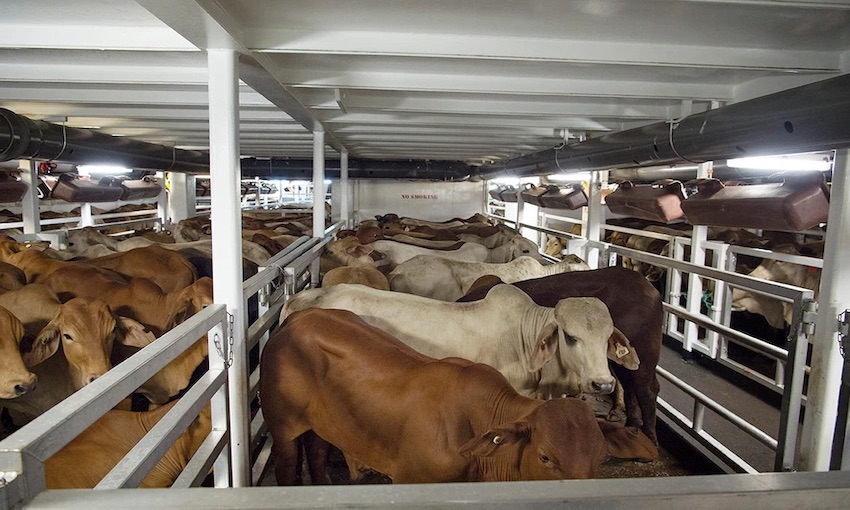THE live export industry is undertaking research to identify solutions to vessel network connectivity challenges (both within-ship and ship-to-shore) and what technologies could be trailed to assess feasibility.
The chairman of the live export research and development corporation, LiveCorp, Troy Setter, outlined the research at senate estimates hearings in Canberra recently.
“Even though year-on-year our mortality rates continue to decline we will not rest with our goal of improving animal welfare,” he said.
“The future of our industry is partially going to be led by digital and innovative solutions.”
Data collection and real-time monitoring of environmental and other conditions is under increasing focus for the live export industry. The latest Australian Standards for the Export of Livestock (ASEL 3.0) have also introduced additional requirements. However, the lack of connectivity at sea has hindered advancement in this area.
LiveCorp’s world-wide search identified specialised antennas designed to work in maritime environments; rugged transport environmental sensors used in road trains and the poultry industry; bluetooth technologies used in mining, construction and complex steel environments; wi-fi solutions used in the military and oil and gas industries; and high-frequency radio technology used on fishing and cruise ships.
Part of the challenge is transmitting and consolidating data from multiple wireless devices, from various locations and decks on the ship. The physical structure of vessels can interfere with wireless transmissions as signals must pass through various layers of steel in and around livestock pens. This means data from environmental loggers or monitors must be downloaded and collated by the ship’s crew in a manual and time-intensive process.
And while livestock ships have some satellite-based internet capacity, it can be limited in its bandwidth.
Expanding the range and strength of internet connections on vessels opens the possibility of using cloud-based data collection and aggregation systems, employing real-time monitoring and even utilising technologies such as video monitoring or remote veterinary consultation.
“Trials would help validate the respective technologies for potential broader industry applications, and LiveCorp is currently assessing whether this is possible,” LiveCorp said in a statement.
Export challenges
The live export industry in Australia is currently experiencing challenges, including declining terms of trade due to reduced supply of livestock, which had led to very high prices.
LiveCorp CEO Sam Brown told the Rural and Regional Affairs and Transport Legislation Committee that this situation was leading to a significant downturn in export volumes.
“From 1.3m head of cattle and 1.12m sheep being exported in 2019, the forecast for the 2021/22 financial year was just over 700,000 head of cattle, 550,000 sheep, 88,000 dairy cattle and 9000 goats,” he said.
In Darwin, for some classes of cattle, there has been a 50% increase in price, and in others 20% to 30%.
“We compete in a global meat market and the end price hasn’t lifted to that level,” Mr Setter said.
“India continues to produce very cheap red meat and that is challenging us in key markets.”
COVID-19 impacts on travel and client relationships, and the opening and closing of operating markets, has also had an impact on the trade.
Fatigue management was an issue. Because stockmen, veterinarians and other Australian workers on ships had not been able to access return flights as was the typical practice after a voyage, many had to travel back home on ships. They then have only 24 hours in port to refresh before the ship sails again, compared to the usual 30-day break.

